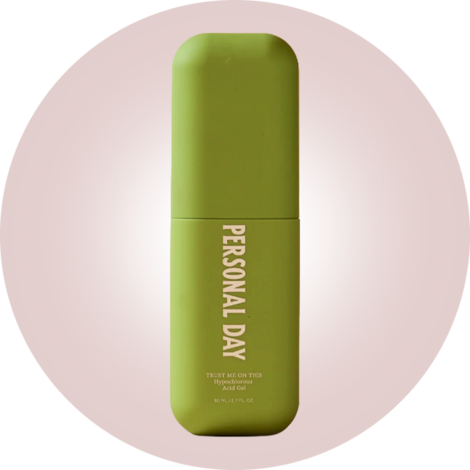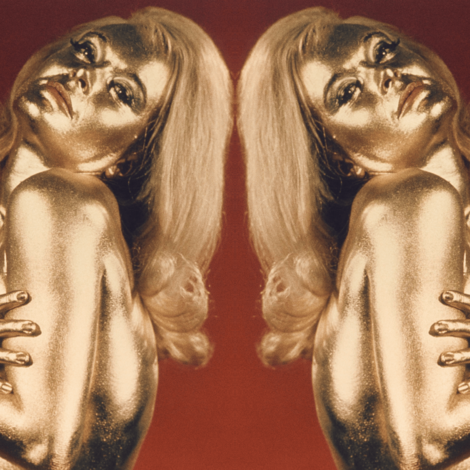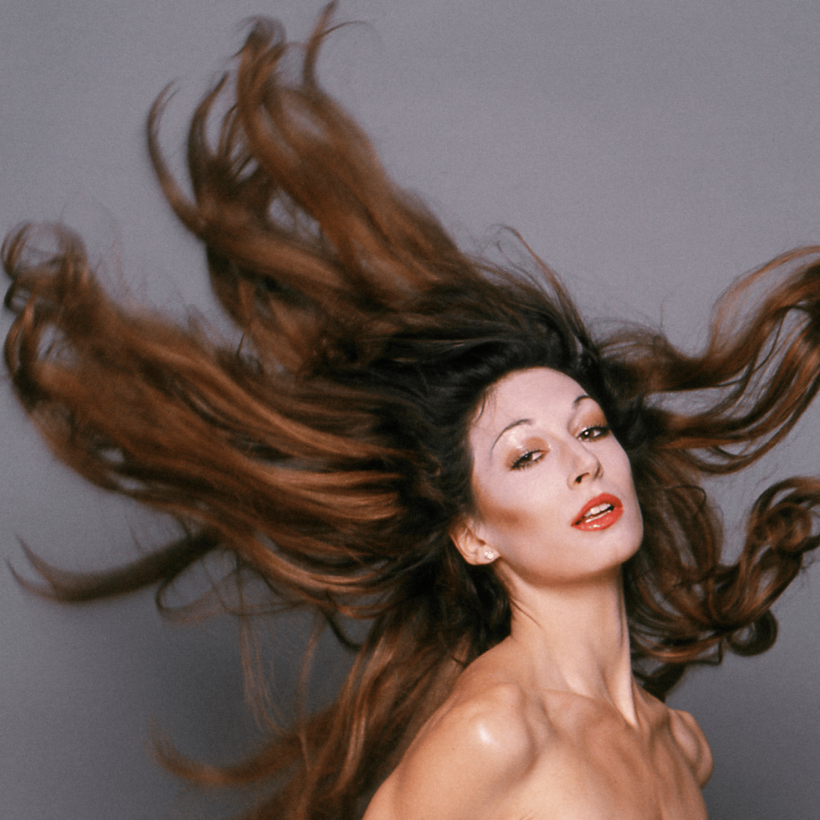I’m sure there’s someone out there who doesn’t hate their hair. Two entire people spring to mind. The rest of us complain about frizz, limpness, sparseness, and out-of-control-ness. Without all the haranguing, there would be no aisles of hair products, no $16.73 billion in hair-care sales in the U.S., no $160 shampoos made of so-called imperial Russian amber, and no French hair rituals—excuse me, rituels—for $380. Perhaps all these products simply fuel our dissatisfaction rather than quell it. But the pleas are simple enough: Is it too much to ask for a manageable curl, a modicum of shine, a swoop, a bounce, a dip, a flip?
The real brains behind all this hair angst is someone you probably haven’t heard of, and she’s O.K. with that. In 1990, she helped create the first frizz-defying marvel that became a bona-fide phenomenon. She sold that business and started another, addressing minor vexations: dark and gray roots that blossom between coloring appointments, frizz that explodes on a humid day, spray-resistant flatness.
Her name is Gail Federici, and she, too, hates her hair. Lucky for us, because her misery has produced some of the most effective, original products in today’s shower caddies.
Her first breakthrough came about when, frustrated with her frizz and unable to find anything to repress it, she consulted a chemist and shared her hunch about silicone. “There wasn’t even one product with the word ‘frizz’ on it,” she says. “And over 65 percent of people, at least, have frizzy hair.” She reached out to John Frieda, the handsome English hairstylist, and suggested they join forces. The result was Frizz Ease, a styling product that broke many of the genre conventions. It was relatively expensive—$9.99 at a time when most hair products hovered in the $3.99 range—came in a dropper bottle, as if it were some kind of medical tincture, and had an unpoetic, clinical air. It was a blockbuster.
Spitballing new product ideas, Federici and her team invited neighboring office workers into their conference room to assess their concepts. The blondes, coincidentally, shook their fair heads at each one, fearing the possibility of darkness (insert blonde joke here). Federici and team devised a line of shampoos, conditioners, and styling products called Sheer Blonde, which didn’t strip the color or occlude it with a dulling film.
After building a robust array of problem-solvers, Federici and Frieda sold John Frieda Professional Hair Care in 2002 to Kao, a Japanese company, for $450 million. Following a non-compete-induced hiatus, Federici was back, fussing with her hair.
In the mid-2010s, consumers didn’t put a lot of faith in hair products. An executive at Procter & Gamble, which makes some of the best-selling shampoos in the world, told me in 2016 that many people believe shampoos and conditioners do next to nothing beyond cleaning and detangling. So, craving novelty, these fickle shoppers jump from product to product without a scintilla of loyalty.
And yet, as superficial as it might seem, hair plays a sizable role in boosting confidence. The expression “bad-hair day” isn’t just a commentary on misbehaving bangs—it’s a summing-up of the minor irritants that can derail a positive mood. Procter & Gamble researchers once asked people how important their hair was in energizing their day. Answer: More important than sex. Just to put things in perspective.

You know what isn’t energizing? Dark and gray roots. Federici started her next company, Color Wow, with an eye-shadow-like powder that disguises them. There are plenty of sprays, crayons, and wands for the task, but they often make hair stiff or dull, and they can be messy. Color Wow’s mineral powder has positively charged zinc particles that attach to the negative charge of the hair and stay there until they’re shampooed out. Federici’s sister called her from a beach vacation, thrilled that Color Wow endured multiple swims over multiple days. “Wait, you swam in it?,” Federici asked. That wasn’t the intention.
Not content to rest on her Frizz Ease, Federici wanted something that would exceed its limitations. Off she went, each hair perfectly in place, to an Aerosmith concert at a very humid Jones Beach. “I was washing my hands in the ladies’ room and looked up, and my hair was out like this. My bangs … it was horrific.” She dialed Color Wow’s chemist, Joseph Cincotta, who has concocted formulas for Federici for almost 40 years. He figured out a way to create a matrix that seals each strand of hair so water beads up on the surface instead of penetrating the shaft. The result, Dream Coat, lasts through three shampoos. People whose frizzy hair prevented them from a swim in the ocean, a sweaty exercise class, or a headbanger at Jones Beach were now able to jump in.
Along with her secret-weapon chemist, Federici has a not-so-secret alliance with Chris Appleton, her second handsome English hairstylist, who demonstrates and supports the products with finesse. He also happens to be a Kardashian, Ariana Grande, Camila Cabello, and Jennifer Lopez favorite with four million Instagram followers. Appleton was named the most popular hair-care influencer in a recent report by the shopping site Cosmetify.
It all sounds easy: idea, formula, product, promote—one, two, three, four. Count the money. But in some years, there are no ideas, or there are plenty of ideas but no formula to make them real. And that’s perfectly fine with Federici. She doesn’t have to push out a half-baked mousse to satisfy investors—Color Wow is self-funded—or retailers. “Places like Sephora, they want innovation, innovation, innovation, but sometimes there are dry spells,” says Federici. “There are things that I’ve tested, and they’re just not good enough.”
The scientific side of hair care has exploded in recent years, led by Olaplex, the line of bond-building treatments that was the great success story of 2021, when sales soared. It became the cautionary tale of 2023 when sales sank by 47.8 percent. Former fans accused the products of causing breakage, thinning, or fallout, and a class-action lawsuit followed. (The lawsuit was dismissed in July 2023.) Some cosmetic chemists believe certain ingredients in shampoos, conditioners, and masks, when they remain on the scalp, can interfere with hair growth. “Now we don’t put anything in our shampoo that will stay behind,” says Federici. “So our shampoo won’t thicken your hair. It won’t moisturize. It just cleans.” Boring, perhaps. But only if you find bald patches exciting.
Federici is now 75 and says she has no plans to stop fixing her hair—and everyone else’s. “I started this business at 64, and it never even occurred to me that I was 64. I don’t know what was wrong with me,” she tells me. Part of what drives her is the allure of improvement. And the other part is pure frustration. “I know that you’re supposed to embrace your texture, but I’m never going to embrace it. I’m going to fight it till the day I die.”
Linda Wells is the Editor at Air Mail Look





